- Growing Tomatoes
- Choosing the right tomato variety
- Starting from seeds or seedlings
- Growing conditions
- Supporting and pruning tomato plants
- Dealing with pests and diseases
- Harvesting and enjoying your tomatoes
- Conclusion
- Benefits of Early Sowing
- Choosing the Right Varieties
- 1. Early Maturing Varieties
- 2. Disease Resistance
- 3. Determinate vs. Indeterminate
- 4. Flavor and Use
- Preparing the Soil
- 1. Choose a Suitable Location
- 2. Clear the Area
- 3. Improve the Soil’s Structure
- 4. Test the Soil pH
- 5. Fertilize the Soil
- 6. Prepare the Planting Holes
- 7. Water the Soil
- Quick Germination Tips
- Care and Maintenance
- Watering
- Fertilizing
- Pruning
- Support
- Pest and Disease Control
- Harvesting
- Harvesting and Enjoying Fresh Tomatoes
- 1. Picking the Right Time
- 2. Proper Technique
- 3. Handling and Storing
- 4. Enjoying Fresh Tomatoes
- “Question-Answer”
- Can I grow tomatoes in April?
- What is the benefit of sowing tomatoes directly in the soil?
- How can I sow tomatoes directly in the soil?
- What type of tomatoes can be grown using this method?
- When can I expect to harvest tomatoes if I sow them in April?
- Can I use this accelerated method for other vegetables as well?
- “Video” 5 Tomato Grow Mistakes To Avoid
Are you a latecomer to the world of gardening and worried that you’ve missed the boat on planting tomatoes? Fear not! We have a solution for you – an accelerated method for sowing tomatoes in April without having to wait for seedlings to grow.
Traditionally, tomatoes are started from seed indoors in late winter or early spring, allowing the seedlings to grow for several weeks before transplanting them into the garden. However, with our accelerated method, you can skip the picking and transplanting steps altogether, and sow the seeds directly in the garden in April.
This method is perfect for those who are short on time or just getting started with gardening. By sowing the seeds directly in the garden, you eliminate the need for indoor seed starting and transplanting. Simply prepare the soil, sow the seeds, and watch as your tomato plants grow and produce delicious fruits.
One important factor to keep in mind with this method is the soil temperature. Tomatoes prefer warm soil for germinating and growing, so make sure that the soil has reached a consistent temperature of at least 60 degrees Fahrenheit before sowing the seeds. You can use a soil thermometer to measure the temperature and ensure optimal conditions for germination.
In conclusion, if you’re a latecomer to gardening and want to grow tomatoes, don’t worry about starting seedlings indoors or transplanting them into the garden. With our accelerated method, you can sow tomato seeds directly in the garden in April and still enjoy a bountiful harvest later in the season. So grab your gardening gloves and get ready to grow delicious tomatoes without the extra steps!
Growing Tomatoes
Tomatoes are one of the most popular and versatile vegetables to grow in a home garden. They are not only delicious but also packed with nutrients, making them a healthy addition to any meal. Whether you are a beginner or an experienced gardener, growing tomatoes can be a rewarding and enjoyable experience. Here are some tips to help you get started.
Choosing the right tomato variety
- There are many different varieties of tomatoes to choose from, including determinate and indeterminate types. Determinate varieties are bushy and compact, while indeterminate varieties are more vining and require support. Consider your space limitations and gardening goals when selecting a tomato variety.
- Additionally, consider the taste and texture you prefer. Some tomatoes are sweet and juicy, while others are more acidic or meaty. Different varieties also come in different colors, such as red, yellow, orange, or even purple.
Starting from seeds or seedlings
Tomatoes can be grown from seeds or purchased as seedlings from a nursery. Starting from seeds gives you a wider variety of options but requires more time and effort. Seedlings, on the other hand, allow you to jump-start the growing process. Whichever method you choose, make sure to provide the plants with proper care and attention.
Growing conditions
- Tomatoes thrive in full sun, so choose a location in your garden that receives at least 6-8 hours of direct sunlight each day.
- The soil should be well-draining, rich in organic matter, and slightly acidic with a pH level between 6.0 and 6.8. If your soil is not ideal, consider amending it with compost or other organic materials.
- Proper watering is crucial for tomato plants. They require consistent moisture, but avoid overwatering, as it can lead to diseases and root rot. Water the plants deeply once or twice a week, depending on the weather conditions and soil moisture.
Supporting and pruning tomato plants
As tomato plants grow, they may require support to prevent them from falling over and to promote better air circulation. You can use stakes, cages, or trellises to support the plants.
Regular pruning is also important to remove suckers or side shoots that emerge from the leaf axils. This helps divert energy to the main stem and fruits, resulting in larger and healthier tomatoes.
Dealing with pests and diseases
Tomatoes can be vulnerable to various pests and diseases, such as aphids, tomato hornworms, blight, and blossom end rot. Inspect your plants regularly and take immediate action if you notice any signs of damage or infestation.
Using organic pest control methods, such as hand-picking pests or applying natural insecticides, can help prevent and manage pest problems. Additionally, practicing crop rotation and providing proper plant spacing can reduce the risk of diseases.
Harvesting and enjoying your tomatoes
After months of care and patience, your tomatoes will be ready for harvest when they are fully ripe and have reached their desired color. Gently twist or cut the fruits from the stem, being careful not to damage the plant.
Freshly picked tomatoes are incredibly flavorful and can be enjoyed in various ways. They can be used in salads, sandwiches, sauces, or as a topping for pizzas. Alternatively, you can preserve them by canning, freezing, or drying to enjoy their deliciousness all year round.
Conclusion
Growing tomatoes is a rewarding and fulfilling experience. With proper care, attention, and a little bit of know-how, you can enjoy a bountiful harvest of fresh, juicy tomatoes from your own garden. Experiment with different varieties, techniques, and recipes to make the most of your tomato-growing journey.
Benefits of Early Sowing
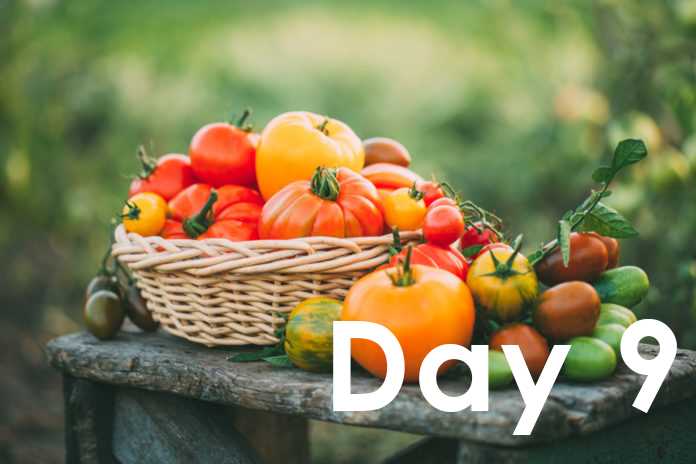
Early sowing of tomato seeds has several benefits that can contribute to a successful harvest. By starting your tomato plants early, you can take advantage of the longer growing season and ensure that your plants have enough time to mature and produce a bountiful crop. Here are some key benefits of early sowing:
Extended growing season: Starting tomato seeds early allows you to take full advantage of the growing season. By planting early, you can provide your tomatoes with extra time to grow, flower, and develop fruits.
Earlier harvest: When you sow tomato seeds early, you increase the chances of enjoying an earlier harvest. This can be especially advantageous if you live in a region with a short growing season or if you want to have ripe tomatoes earlier in the year.
Better crop yield: Giving your tomato plants a head start by sowing them early can result in a higher crop yield. Tomatoes that have a longer growing period tend to produce more fruits and have a better chance of reaching their full potential.
More control over plant development: Starting tomatoes from seeds allows you to have more control over their growth and development. By sowing early, you can carefully monitor the germination process and ensure that your plants get off to a healthy start.
Increased variety options: Early sowing gives you access to a wider range of tomato varieties. Many unique and interesting tomato cultivars have longer maturation periods, so starting early allows you to try out different types of tomatoes that may not be available as transplants later in the season.
In conclusion, early sowing of tomato seeds can offer numerous benefits, including an extended growing season, earlier harvest, better crop yield, more control over plant development, and increased variety options. By taking advantage of these benefits, you can increase your chances of a successful tomato harvest and enjoy juicy, homegrown tomatoes even earlier in the year.
Choosing the Right Varieties
When it comes to choosing tomato varieties for sowing in April, there are a few factors you should consider. Here are some tips to help you make the right choice:
1. Early Maturing Varieties
Since you are sowing tomatoes in April, it’s important to choose early maturing varieties that can produce fruit within a relatively short period of time. Look for varieties that have a maturity period of around 60-70 days. This will ensure that you can harvest your tomatoes before the end of the growing season.
2. Disease Resistance
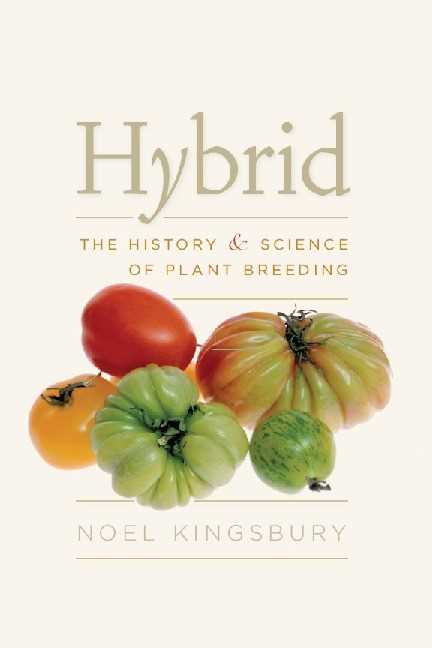
Another important factor to consider is disease resistance. Choose varieties that are resistant to common tomato diseases such as blight, fusarium wilt, and verticillium wilt. This will help ensure that your plants stay healthy and productive throughout the growing season.
3. Determinate vs. Indeterminate
Tomato varieties can be categorized as either determinate or indeterminate. Determinate varieties grow to a certain height and produce all their fruit at once, making them ideal for compact spaces and container gardening. Indeterminate varieties, on the other hand, are vining and continue to grow and produce fruit throughout the season. Consider the space you have available and your gardening goals when choosing between determinate and indeterminate varieties.
4. Flavor and Use
Finally, consider the flavor and intended use of the tomatoes. Some varieties are known for their exceptional flavor, while others are better suited for canning or sauces. Think about how you plan to use the tomatoes and choose varieties that match your culinary preferences.
| Variety | Days to Maturity | Disease Resistance | Flavor/Use |
|---|---|---|---|
| Early Girl | 55-60 days | Blight, Verticillium Wilt | General purpose |
| Sungold | 60-70 days | Blight, Fusarium Wilt | Sweet flavor |
| Roma | 75-80 days | Blight | Sauce and canning |
| Cherokee Purple | 80-85 days | None | Distinct flavor |
Keep these factors in mind when choosing tomato varieties for sowing in April, and you’ll be well on your way to a successful harvest!
Preparing the Soil
Before sowing tomatoes, it is essential to prepare the soil properly. This ensures that the plants have access to the nutrients they need and creates a favorable environment for their growth. Here are the steps to prepare the soil for sowing tomatoes:
1. Choose a Suitable Location
Select a location for your tomato plants that receives at least 6-8 hours of direct sunlight per day. Ensure that the area has good drainage to avoid waterlogging, which can lead to root rot.
2. Clear the Area
Remove any weeds or grass from the selected area. This prevents them from competing for nutrients and resources with the tomato plants. Use a gardening fork or shovel to loosen the soil and remove any stones or debris.
3. Improve the Soil’s Structure
If your soil is heavy or clayey, it is beneficial to add organic matter to improve its structure. Mix in well-rotted compost, aged manure, or other organic materials. This helps to improve drainage, aeration, and nutrient retention, creating a healthy growing environment for the tomato plants.
4. Test the Soil pH
The optimal pH range for tomato plants is between 6.0 and 6.8. Test the soil pH using a soil testing kit to ensure it falls within this range. If the pH is too low (acidic), you can raise it by adding lime. If it is too high (alkaline), you can lower it by adding sulfur or acidic organic matter.
5. Fertilize the Soil
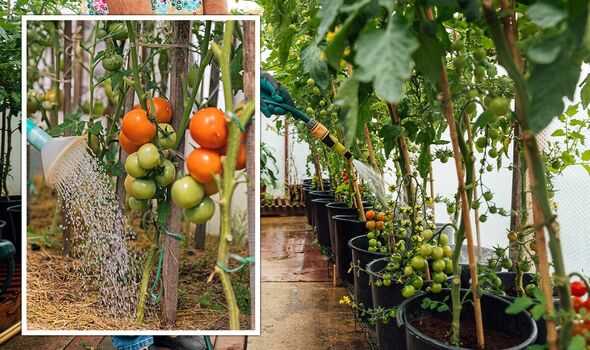
Tomatoes are heavy feeders and require a nutrient-rich soil. Before sowing, apply a balanced fertilizer that is rich in nitrogen, phosphorus, and potassium. Follow the instructions on the fertilizer packaging for the correct application rate. Alternatively, you can use organic fertilizers like bone meal or compost.
6. Prepare the Planting Holes
Dig holes for the tomato plants, spacing them according to the variety’s recommended spacing. The depth of the holes should be slightly deeper than the plant’s root ball. This allows for proper root development and helps prevent transplant shock.
7. Water the Soil
Thoroughly water the soil before sowing the tomato plants. This ensures that the soil is moist and provides the plants with immediate access to water. Avoid overwatering, as excessive moisture can lead to fungal diseases.
By following these steps to prepare the soil, you can create an optimal growing environment for your tomato plants. This sets them up for success and increases the chances of a bountiful tomato harvest.
Quick Germination Tips
- Choose the right seeds: Select tomato seeds that are specifically labeled as quick-germinating or designed for early sowing. These seeds are usually bred to germinate faster than others.
- Pre-soak the seeds: Before sowing, soak the tomato seeds in warm water for 24 hours. This helps to soften the seed coat and promotes faster germination.
- Use a seedling heat mat: Placing the seed trays on a seedling heat mat can provide consistent bottom heat, which can speed up germination. Set the temperature to the recommended level for tomato seeds.
- Provide consistent moisture: Keep the soil consistently moist, but not waterlogged. Dry soil can delay germination, so make sure to check the soil moisture regularly and water as needed.
- Control temperature: Tomato seeds germinate best in temperatures between 70-85°F (21-29°C). Ensure that the location where you are germinating the seeds maintains a stable and warm temperature.
- Consider using a germination dome: Covering the seed trays with a transparent germination dome or plastic wrap can create a greenhouse effect, retaining moisture and warmth to enhance germination.
- Provide adequate light: Once the seedlings have emerged, place them in a location with bright, indirect light. If natural light is insufficient, use fluorescent grow lights to supplement the light needs of the seedlings.
- Thin out overcrowded seedlings: When the seedlings have developed their first true leaves, thin them out to allow enough space for each plant to grow. Crowded seedlings can become weak and compete for resources.
Care and Maintenance
Once your tomato plants have germinated and are growing, it’s important to provide them with appropriate care and maintenance to ensure healthy and productive plants. Here are some tips for taking care of your tomato plants:
Watering
Tomatoes need consistent and regular watering to thrive. Water them deeply once or twice a week, depending on the weather conditions. Avoid overwatering, as it can lead to root rot and other diseases.
Fertilizing
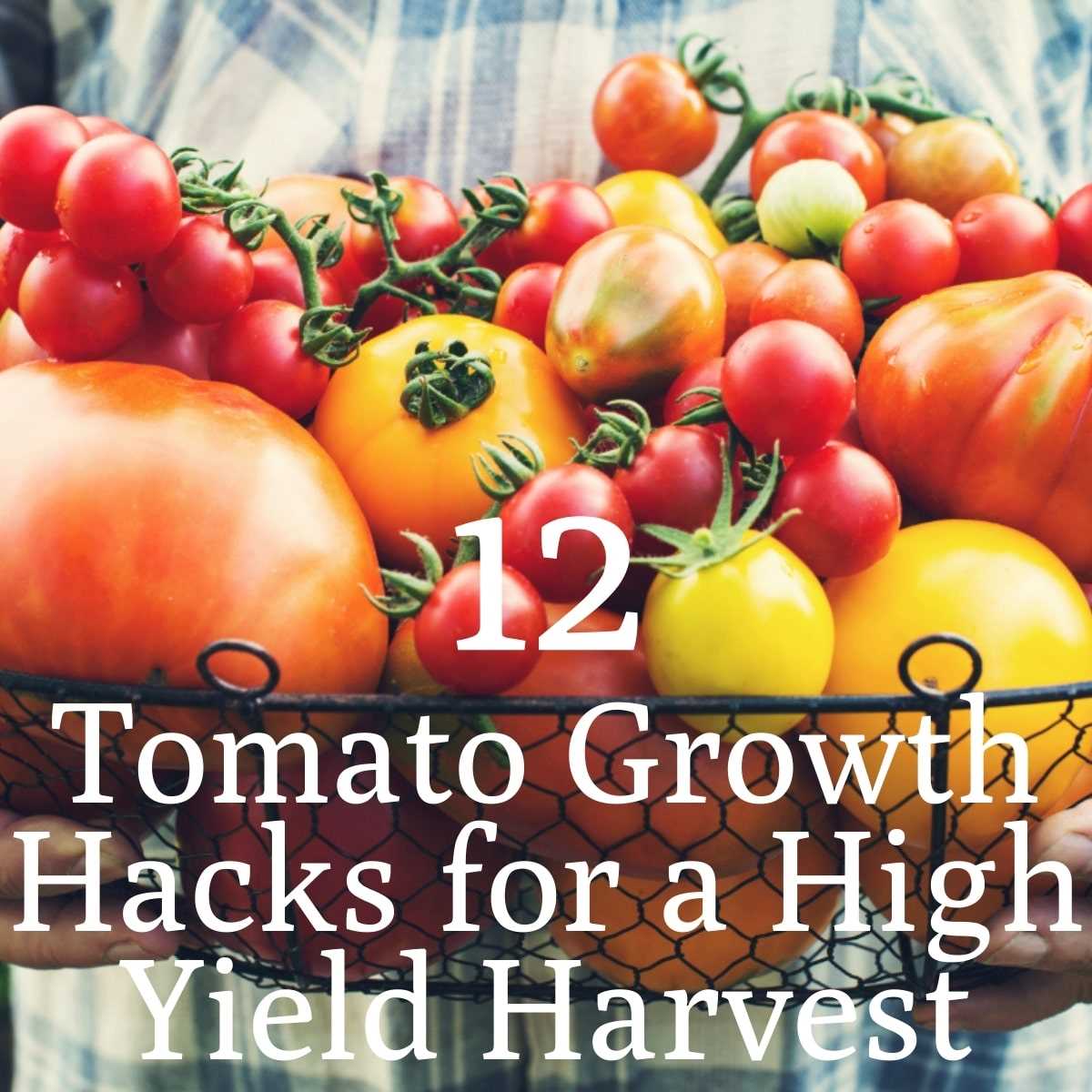
Feed your tomato plants with a balanced fertilizer about once every two weeks. Choose a fertilizer with a higher phosphorus and potassium content, as these nutrients promote flower and fruit development.
Pruning
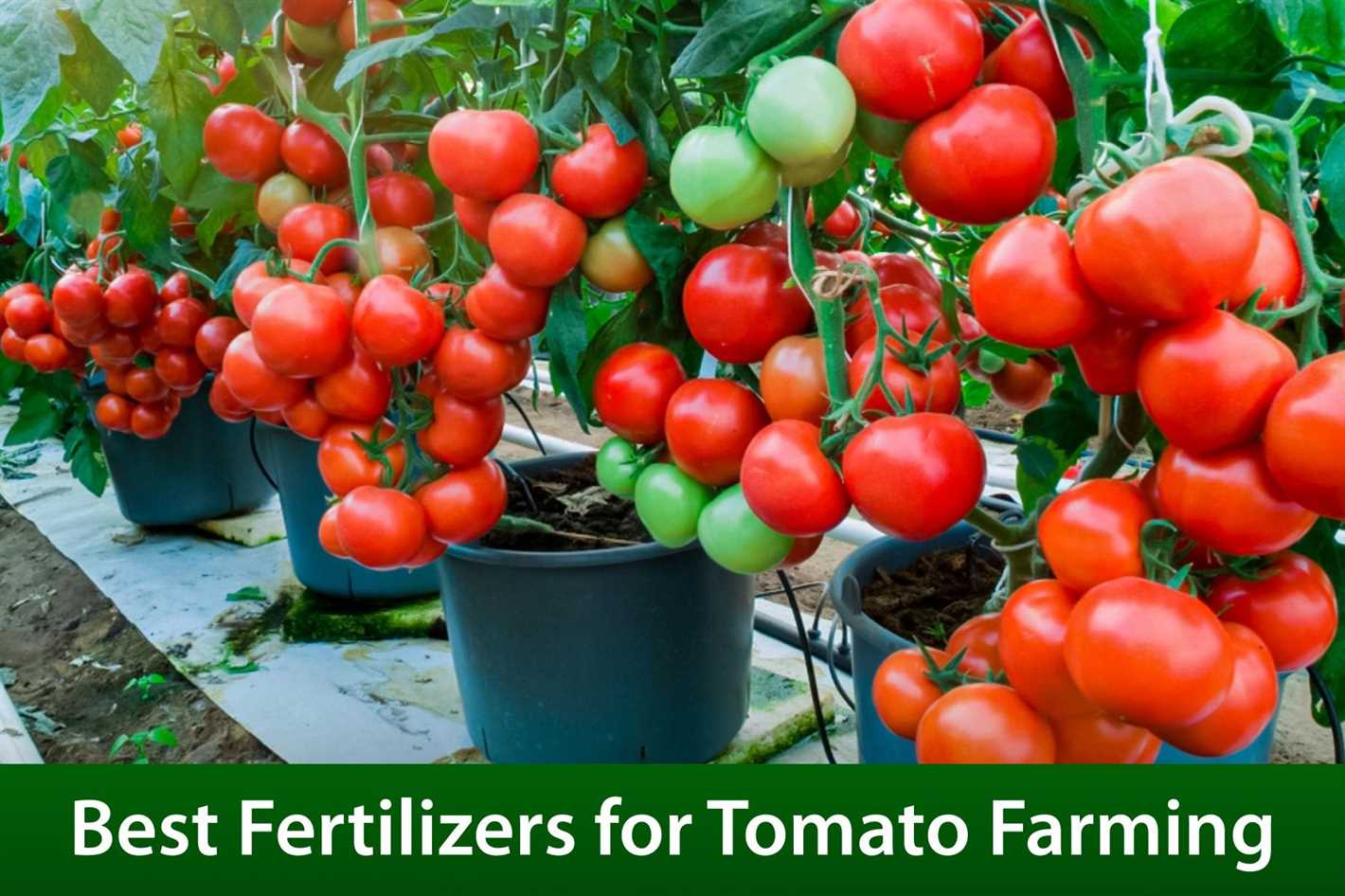
Regularly prune your tomato plants to remove suckers, which are small shoots that grow between the main stem and branches. Removing suckers helps redirect energy to fruit production and improves air circulation, reducing the risk of disease.
Support
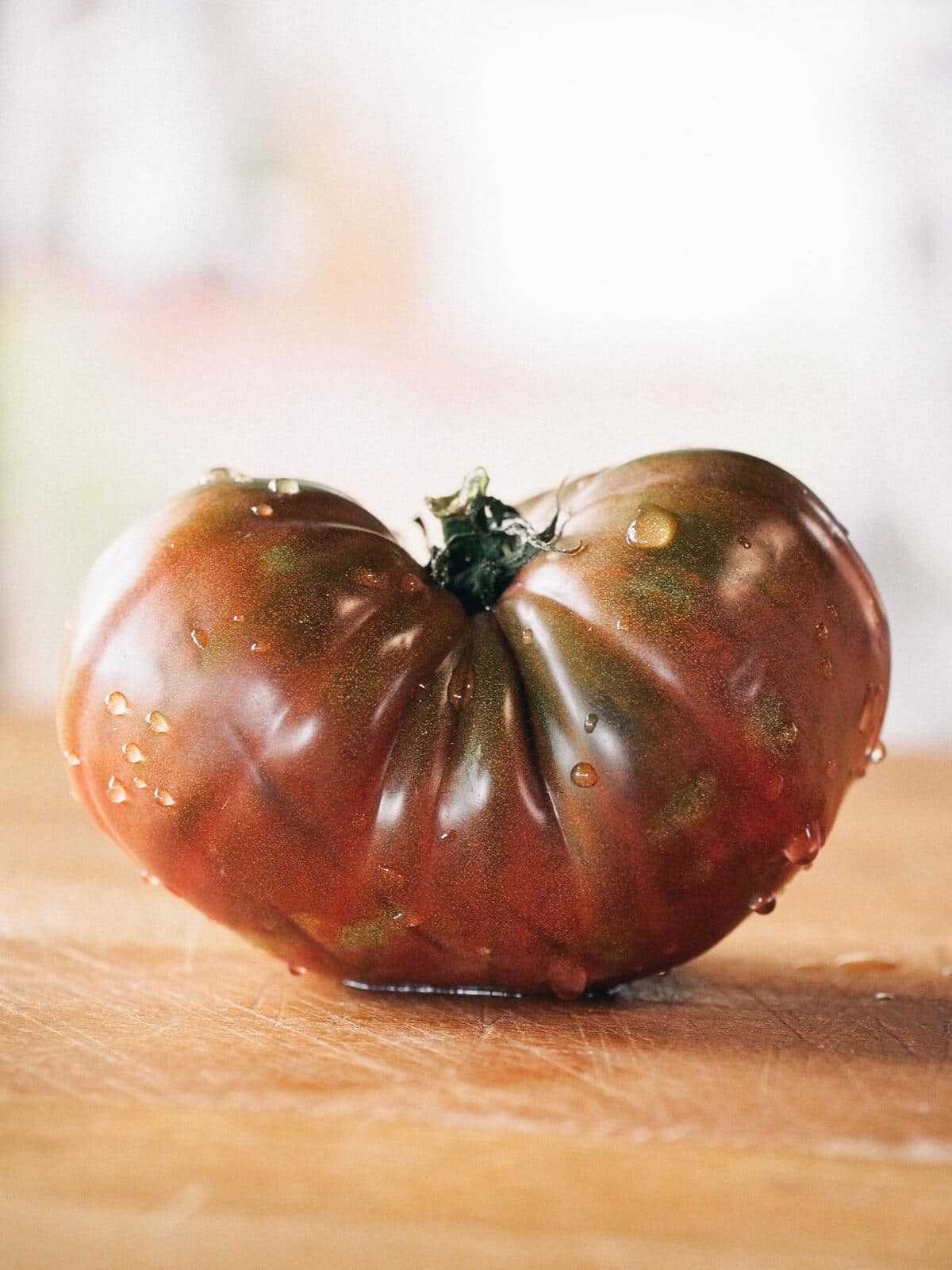
Most tomato varieties benefit from some form of support to keep the plants upright and prevent the fruit from touching the ground. Use stakes, cages, or trellises to support the plants as they grow.
Pest and Disease Control
Monitor your tomato plants regularly for pests and diseases. Common tomato pests include aphids, tomato hornworms, and whiteflies. Use organic pest control methods whenever possible and consider applying a natural fungicide to prevent diseases like blight.
Harvesting
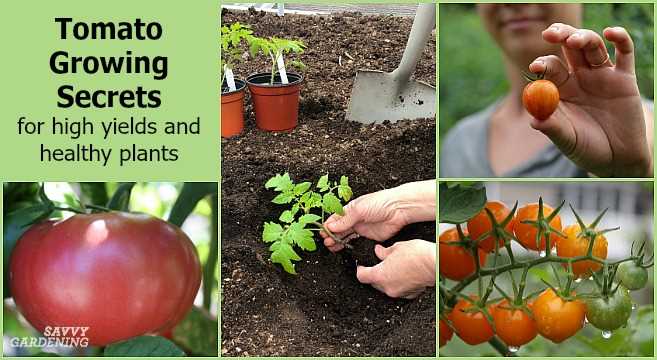
Once your tomatoes are ripe, harvest them gently to avoid damaging the fruit. Pick them when they are fully colored and slightly firm, as they will continue to ripen off the vine. Store tomatoes in a cool, dry place away from direct sunlight.
By following these care and maintenance practices, you can help your tomato plants thrive and enjoy a bountiful harvest of delicious tomatoes.
Harvesting and Enjoying Fresh Tomatoes
1. Picking the Right Time
When it comes to harvesting tomatoes, timing is crucial. Make sure to wait until the fruits have reached their full color and are slightly soft to the touch. Avoid picking them too early when they are still green, as they may not ripen properly off the vine.
2. Proper Technique
To harvest tomatoes, gently twist and pull them from the vine. Alternatively, you can use a sharp pair of garden shears or a knife to cut the stem just above the fruit.
3. Handling and Storing
To prevent bruising, handle tomatoes with care during harvest. Place them carefully in a basket or a shallow container, avoiding stacking to avoid unnecessary pressure on the fruits. Tomatoes are best stored at room temperature until fully ripe, after which they can be refrigerated for up to a week.
4. Enjoying Fresh Tomatoes
There are numerous ways to savor the delicious flavor of fresh tomatoes. Here are some ideas:
- Slice tomatoes and add them to salads or sandwiches.
- Make a refreshing tomato and cucumber salsa.
- Create a classic Caprese salad with fresh tomatoes, mozzarella cheese, and basil leaves.
- Cook up a homemade tomato sauce for pasta dishes.
- Roast tomatoes with olive oil, garlic, and herbs for a flavorful side dish.
With their vibrant color and juicy taste, fresh tomatoes are a versatile ingredient that can enhance a wide variety of dishes!
“Question-Answer”
Can I grow tomatoes in April?
Yes, you can grow tomatoes in April using an accelerated method for latecomers. This method allows you to sow the seeds directly in the soil, without the need for picking them into pots or trays first.
What is the benefit of sowing tomatoes directly in the soil?
Sowing tomatoes directly in the soil allows the plants to establish their roots early and grow more vigorously. It also eliminates the need for picking, saving time and effort during the planting process.
How can I sow tomatoes directly in the soil?
To sow tomatoes directly in the soil, prepare the planting area by loosening the soil and removing any weeds. Dig a small hole for each seed, keeping a distance of about 2 feet between each hole. Place the seeds in the holes, cover them with soil, and water thoroughly. Ensure that the soil remains moist throughout the germination and growth period.
What type of tomatoes can be grown using this method?
This method can be used to grow any type of tomato, including cherry tomatoes, beefsteak tomatoes, and heirloom varieties. The key is to choose a variety that is suitable for your climate and growing conditions.
When can I expect to harvest tomatoes if I sow them in April?
The time to harvest tomatoes will depend on the specific variety and your growing conditions. However, if you sow tomatoes in April using the accelerated method, you can generally expect to harvest ripe tomatoes within 10-12 weeks after planting.
Can I use this accelerated method for other vegetables as well?
While this accelerated method is specifically designed for tomatoes, it can be adapted for certain other vegetables that are commonly sown in the spring. However, keep in mind that some vegetables may have different germination and growth requirements, so it’s best to research and follow specific instructions for each type of vegetable.







